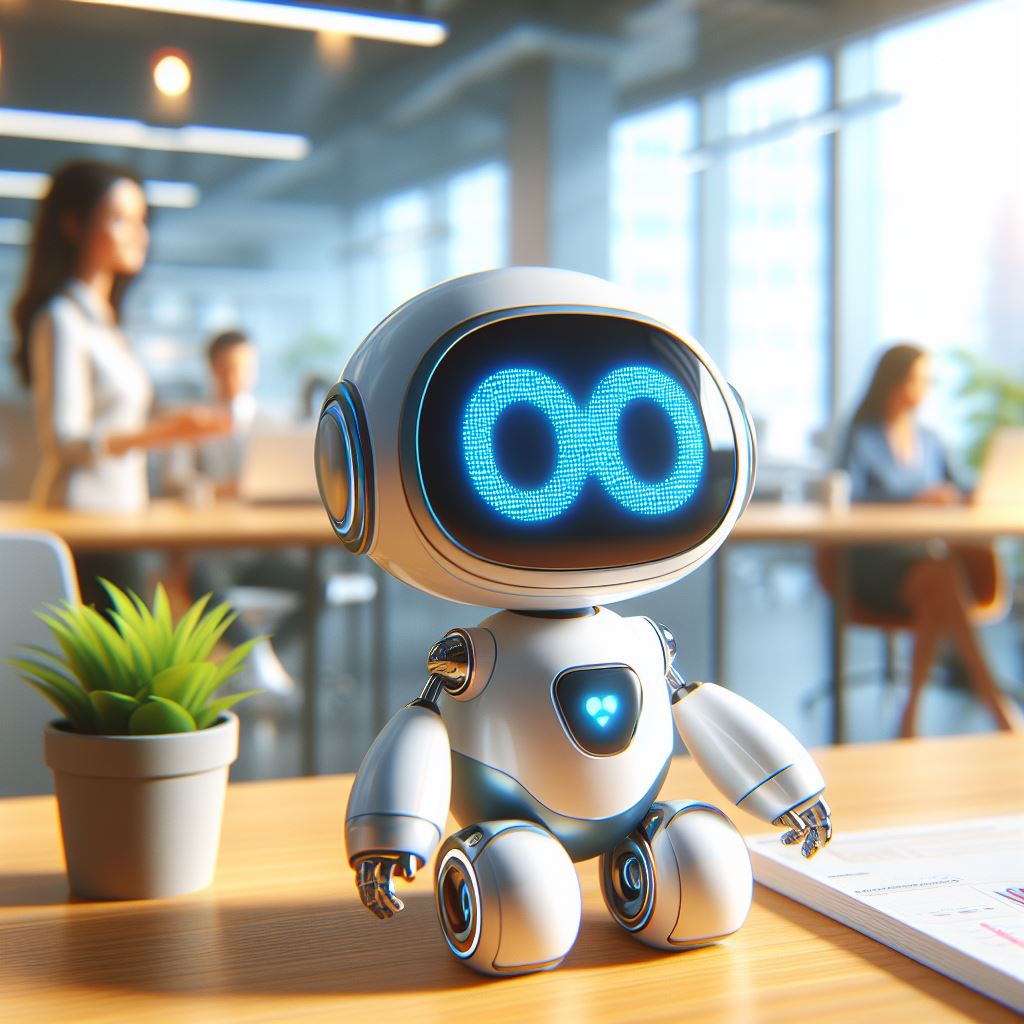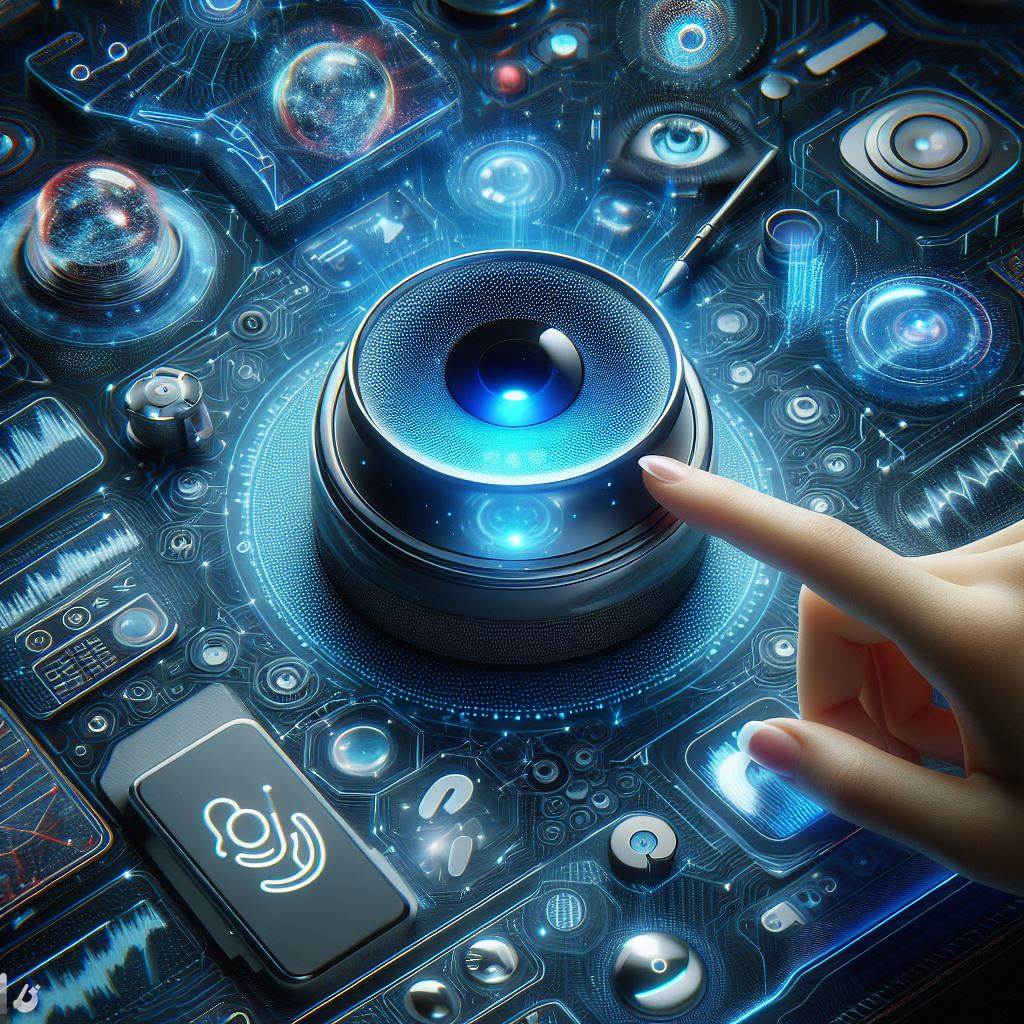AI Chatbots: Customer Support

Introduction
AI chatbotsperience can make or break a business – companies are incessantly on the search for innovative ways to elevate their service standards. Enter AI chatbotsdigital stalwarts that promise a 24/7 support system. Boasting efficiency and a tireless work ethic, these automated assistants have become a staple in customer service protocols.
For businesses, the allure of leveraging AI for customer interactions lies in the potential for scaling support efforts without proportionally increasing overhead costs. However, as with any innovation, there are both shining advantages and shadowy drawbacks which deserve a dive into detail.
In this comprehensive analysis, we weigh the benefits against the potential pitfalls of employing AI chatbots as the vanguard of customer support.

Understanding the AI Chatbots and Engagement
The Rise of AI in Customer Engagement
- Immediate Response: AI chatbots serve as ever-ready gatekeepers, providing instantaneous responses to customer inquiries at any time of the day. This immediacy caters to the modern consumer’s expectation for instant gratification and could be the thin line between retaining or losing a customer.
- Scalability: As businesses grow, customer queries scale exponentially. Human customer support can become overwhelmed, leading to slower response times and reduced service quality. AI chatbots scale effortlessly, managing thousands of conversations simultaneously without a hitch.
- Cost-Effectiveness: Implementing AI chatbots can be a financially astute move. They potentially reduce the need for a large customer service team, trimming down labor costs while still keeping the customer support engine running.
- Consistency in Service: Chatbots provide a consistent service experience, unmarred by the human frailties of mood swings or fatigue. They stay true to the programmed protocol, delivering uniform responses to customer queries.
- Gathering Customer Insights: With every interaction, AI chatbots collect invaluable data. They learn from customer conversations, providing businesses with insight into common concerns, pain points, and the overall customer sentiment.
The Chatbot Conundrum: Not All Roses
- Lack of Empathy: Despite strides in natural language processing, AI chatbots often lack the nuanced understanding of human emotions, potentially leading to a service experience that feels impersonal and mechanical.
- Complex Queries: AI chatbots may struggle with complex or unique customer issues that fall outside their programmed responses, leading to frustration for customers seeking bespoke solutions.
- Overdependence Risk: There’s a danger in leaning too heavily on AI chatbots. An overdependence can cause companies to neglect the importance of the human touch in customer service, which might be irreplaceable in some scenarios.
- Security and Privacy Concerns: Customer interactions with chatbots involve sensitive data, which brings up concerns about privacy and security. Businesses must ensure robust protections are in place to maintain customer trust.
Weathering the Positives
As we delve deeper into analyzing the appeal of AI chatbots, we must acknowledge their transformative impact on customer support. They serve as the first point of contact, addressing common queries and troubleshooting standard issues which, if managed efficiently, can significantly improve customer satisfaction while optimizing operational efficiency.
However, the pros come with an imperative: they must be wielded wisely and strategically. A well-designed AI chatbot should be part of a larger, customer-centric strategy that includes human agents ready to step in when the charm of automation fades in the face of complex human emotions and problems.

AI ChatBots and the Human Touch
Human Touch in an AI-Driven World
For any organization venturing into the realm of AI chatbots, drawing a clear line between tasks suited for automation and those requiring a human operative is key. The highest levels of customer satisfaction are often achieved when businesses strike a balanceusing chatbots for efficiency while retaining human interaction for more intricate, sensitive, or emotionally-charged issues.
The Recipe for Coexistence
- Seamless Handoffs: A clearly defined protocol for transferring conversations from bot to human agents can provide customers with the reassurance that their concerns will be addressed with the appropriate level of attention.
- Continuous Learning: Integrating machine learning algorithms, chatbots can become progressively proficient, learning from each interaction and reducing the instances of miscommunication or the need for handoffs.
- Personalization: While bots may initially fall short on empathy, they can be programmed to recognize customer profiles and previous interactions, paving the way for a tailored communication style that can mimic a more personal touch.
- Transparency: It’s crucial for businesses to maintain transparency, informing customers when they are interacting with a chatbot and providing options to connect with human support if desired.
Prospectively, the proliferation of AI chatbots points to an evolution rather than a replacement of human customer service roles. By automating the routine and mundane, customer service personnel are freed to focus on more complex tasks where human experience and insights are irreplaceable.
The Potential Pitfalls Magnified
While AI chatbots stand to revolutionize customer service, their limitations must be conscientiously navigated. Insufficiently trained AI can lead to customer dissatisfaction, while overuse can strip the customer service experience of its human essence.
Businesses should be aware of the fine line between efficient automation and the critical demand for human touch. Overstepping this boundary can result in a cold, detached service environment, eroding customer loyalty over time.
Turning to the Future: Preparing for Hybrid Customer Support Systems
In preparing for the future, companies must design AI chatbot systems that complement, rather than compete with, human intelligence. By adopting a hybrid model, businesses can harness the efficiency of AI while keeping the customer experience grounded in human-centric service.

Navigating the Complexity of Human-AI Interaction
Crafting a Symbiotic Relationship Between AI Chatbots and Human Agents
The integration of AI chatbots into the customer support landscape is like orchestrating a symphony: each element must be in harmony to create a seamless experience. Achieving this synergy requires strategic planning and a deep understanding of customer needs.
The Human-AI Synergy: A Fine Balancing Act
- Specialization: Human agents and AI chatbots can be seen as specialists in their respective domains. Bots are adept at handling high-volume, repetitive tasks, while humans excel in areas requiring empathy and complex problem-solving.
- Training and Adaptation: Continual training of both AI systems and human agents is necessary to maintain service quality. For human agents, this means adaptations to work alongside AI counterparts, while for AI, it’s about continual learning from human interactions.
- Integrated Platforms: Differentiating themselves, businesses can invest in integrated customer support platforms that allow a smooth interplay between AI and human agents, utilizing data analytics to direct queries to the appropriate responder.
- Customer-Centric Design: AI chatbots should be designed with a deep understanding of customer journeys to predictively serve up solutions that meet needs efficiently and effectively.
Potential Risks and Ethical Considerations
With every new technological advance, there are considerations that need attention to avoid missteps. When implementing AI chatbots, one such factor is the potential displacement of jobs. To address this, businesses can focus on re-skilling employees to manage more sophisticated customer service roles that AI cannot fulfill.
Privacy and data protection is another domain where chatbots pose a potential risk. Striking a balance between personalization and intrusion is delicate, and businesses must navigate it with clear ethical guidelines and robust data protection measures.
Navigating Consumer Expectations
Understanding the critical role of managing consumer expectations in the era of AI chatbots is pivotal. By setting realistic expectations and being transparent about the capabilities and limitations of their AI systems, businesses can preempt customer frustration over service gaps.
Moreover, diligent monitoring of customer feedback regarding AI interactions provides valuable insights into areas where human intervention is more preferable or necessary.
Looking ahead, businesses must envision a customer service landscape where AI chatbots and human agents work in tandema future where the lines between artificial intelligence and human intuition blur in favor of a unified goal: unparalleled customer service.
The Future: AI-Driven Customer Support
Perfecting the Partnership: AI and Humans in Customer Service
The continual evolution of AI technology suggests that chatbots will become an ever-more integral component of customer support. Yet, it’s clear that the most successful implementations will pair AI’s efficiency with human sensitivity and intelligence.
Evaluating the Future Landscape
- Advanced Predictive Support: The advent of AI with predictive capabilities could revolutionize proactive customer support, addressing issues before customers are even aware of them.
- Continuous Improvement: With ongoing advancements in AI, chatbots will become more adept at handling a broader range of queries, further complementing human support.
- Diversified Customer Service Roles: As AI assumes routine tasks, customer service roles will evolve, focusing on areas such as customer success, relationship management, and escalated issue resolution.
- Ethical AI Deployment: It is imperative that AI deployment in customer service be guided by ethical considerations, ensuring AI augments human ability without compromising privacy or fair employment.
The Path to Success: Education, Acceptance, and Evolution
The journey to a perfect AI-human customer service arrangement involves educating both staff and customers about the benefits and limitations of AI chatbots. Acceptance of this technology will grow as users experience the tangible improvements AI can deliver.
Businesses must remain open to evolution, adjusting strategies in line with technological advances and customer needs. Constantly refining the AI-human interface will be crucial for maintaining the high service standards that customers demand.
In conclusion, the deployment of AI chatbots in customer service is a story of augmentation, not replacement. As this technology progresses, the businesses that will lead the charge are those that utilize AI to enrich the customer experience while honoring the irreplaceable value of human connection.





